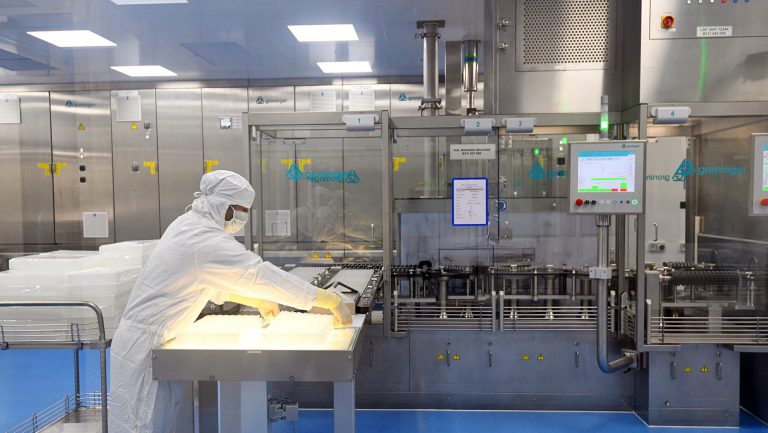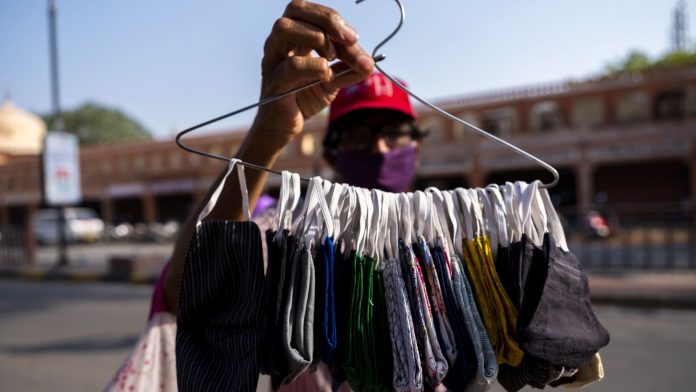
The Indian economy had propagated a turning point post-liberalization when the new economic reform was integrated in 1991. Since then, three decades have passed, and the employment levels across the economy are depressing the morale of Indian citizens. Has the massive economic overhaul engrossed a forced change for the good? It has been a debating argument for the policymakers, economists, statisticians, businesses in India. It would be instrumental in analyzing the job creation before deriving any conclusion. According to a report, following the economic reforms in 1991-92, the compound growth rate of employment of 1.04 per cent has been outrageously negligible.
When the new economic policy was incorporated into action, the government reiterated to transpose the permitting licenses strategy. Before 1991, Indian businesses were operating in harsh circumstances as the majority of activities were prohibited. The bureaucratic intervention was at its peak, while foreign investment was considered a criminal violation, let alone civil. The augmentation of a confining yet relaxed business environment became paramount for enhancing India’s GDP growth. Hence, 1991 was fabricated as a transforming year for economic history as it brought along the highly intriguing concept of liberalization, privatization, and globalization in coordination.
Post-liberalisation, we sought adequate enhancement in the Indian economy, but we aren’t sure if it served its purpose. If the reforms were outcasted to be accurate, then the economic evaluation of India should have been on a staggering high, unfortunately, which isn’t the case. The 30-year long liberalization has excelled in unprecedented situations, failing to answer some serious questions. The industrial revocation of lessened jobs has divulged massive consequences to the Indian economy. Why had its magnitude risen to another level?
While India ticked boxes on several forefronts, its vindictiveness to lack of job creation has bulldozed hope of industrial reform. The job creation levels post-liberalization seems to have gone all wrong, even invoking absurd evaluations than the pre-liberalization period. From 1999 to 2010, India’s CAGR ratio stood at 1.47 despite the advent of a global boom across the world’s economies. Barring employment, there were some bolstering moves adopted yet to take off efficiently.
How has liberalization reformed the Indian economy since 1991?

India’s Soviet-style economic liberalization enlightened the hopes of 300 million people suffering from poverty. It aimed to modernize the stagnant culture into one of the biggest wealth creations schemes of the time. Years, or perhaps decades, have passed, yet the economy is grappling with grim job engagements, carrying excessive debts to fulfil the necessities. The data acquired from the CAGR replicates that the employment structure has vanquished since Modi took charge in 2014. Preceding, the numbers across the industrial sector weren’t that impressive, even though India’s demand upheaved.
The imminent drip in job creation called for emerging policies that could envisage a structural framework for promoting new opportunities. The eminent reason for the lack of prowess across the markets was the magnitude of the exodus from agriculture. Although the agriculture sector contributed massively to India’s GDP growth since 2004-05, the employment levels have declined. Despite attaining emphatic development, the Indian economy has lagged on employment precis under the Modi government rule.
Bearings Emulsified Before Covid-19 Pandemic, Here’s How:
The unravelling pandemic wave might have buried the cracks of the depleting growth apparent since 2014. Still, it is inevitable to know that the Indian economy has been varying the threats of the working-age population coerced out of their jobs. The paradox of complicating policies had emanated in bad debts, and hence a revamp of administration was sorted. When Narendra Modi undertook the reforms of overhauling the frustration of past scandals, he tried to amend an insignificant way. While demonetization roiled over the informal sector, the rapidly incorporated GST system troubled the long-standing businesses.
Initially, we witnessed astonishing promises delineated by the Great Prime Minister of India Narendra Modi regarding building India into a $5 trillion economy by 2025. It would be confining for the government to reciprocate the blame on the pandemic, but the fact that no prosperous foundation had been developed still tops the list. India is on the verge of reaching the lofty mantle of the largest populated country in the world, surpassing China.

It would presumably enlarge the demand for the participation of the workforce across markets in the coming years. The prospects will be strikingly shocked by the lack of improvement scope in the job sector. The International Monetary Fund analyzed that the economy will progress at 6.8 per cent in FY22, undervaluing the fostering ambitions of Narendra Modi long term growth vision.
Why Haven’t Long-term Plans be A Subject of Discussion Under the Current Ruling?
The criticism of the Modi reign has revolved around accusations of not perpetuating a long-term sustainable path for economic growth. According to a government spokesperson, the policymakers have affirmed their consent on the idea of crafting a policy plan, which reiteration 8-10 per cent ballooning. The Indian Global Forum’s recent meeting on June 30 was galvanized about the inception of new sectors of the economy. Although, the positivity hasn’t entailed over the informal sector and mid-sized business enterprises as the investments get retracted to billionaires Mukesh Ambani and Gautam Adani. Thus, there is uncertainty that the long-term framework would benefit the labour class, pretentious entrepreneurs, and small-scale activities.

Liberalization’s Boom Improved India’s Ranking on Global Indexes; Was there any misconception?
During the initial years post-liberalization, growth boomed over 8 per cent. It pursued an unleashing of new industry players like Infosys, now recognized as the technology giant. The community evolved via web surfing on the Internet and binge-watching on Netflix. India becomes the most significant avenue in generic medicines, and it got followed by the Serum Institute of India, becoming the vaccine powerhouse for the world’s economies.
Hence, in coherent terms, India has progressed following the 1991 reforms, but does it divulge the actual colours? There were signs that India might not have seized its full potential. On average, India’s economic growth for the past 30 years has been fewer than China and Vietnam. The average earning capacity of India has regressed in comparison to our noisy neighbours, Bangladesh, reiterating us the fact that lack of job creation has staggered the citizens.




